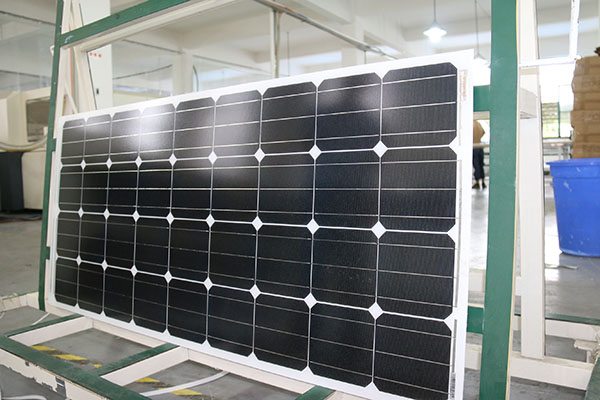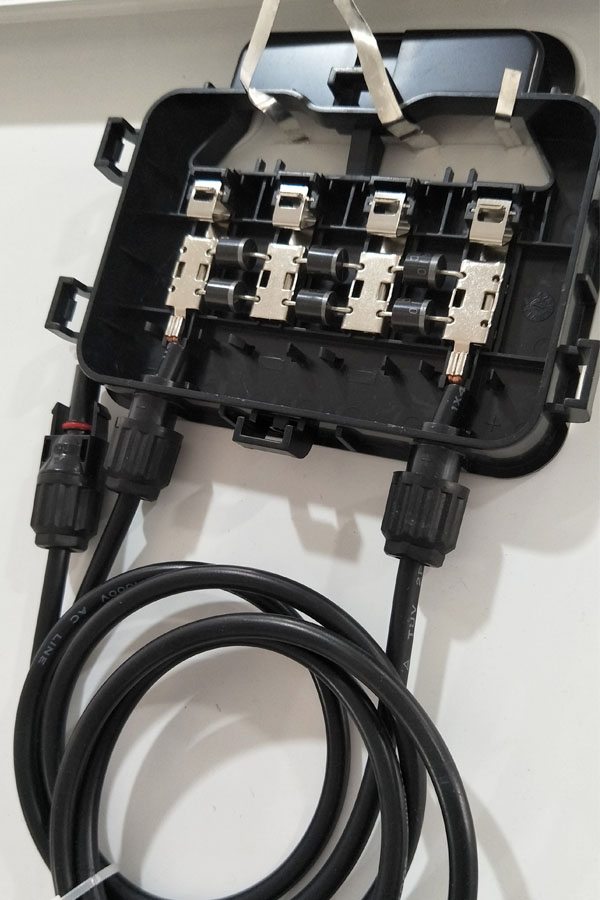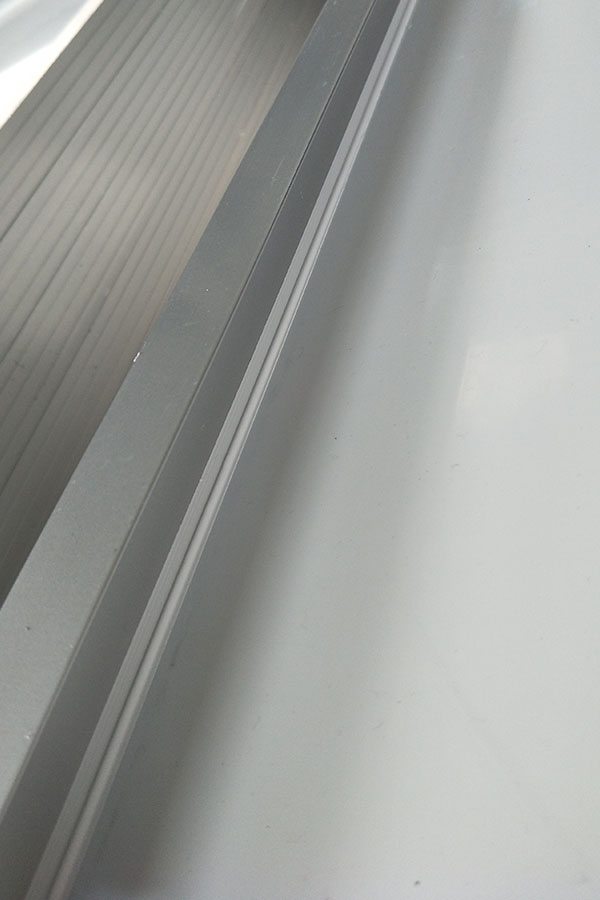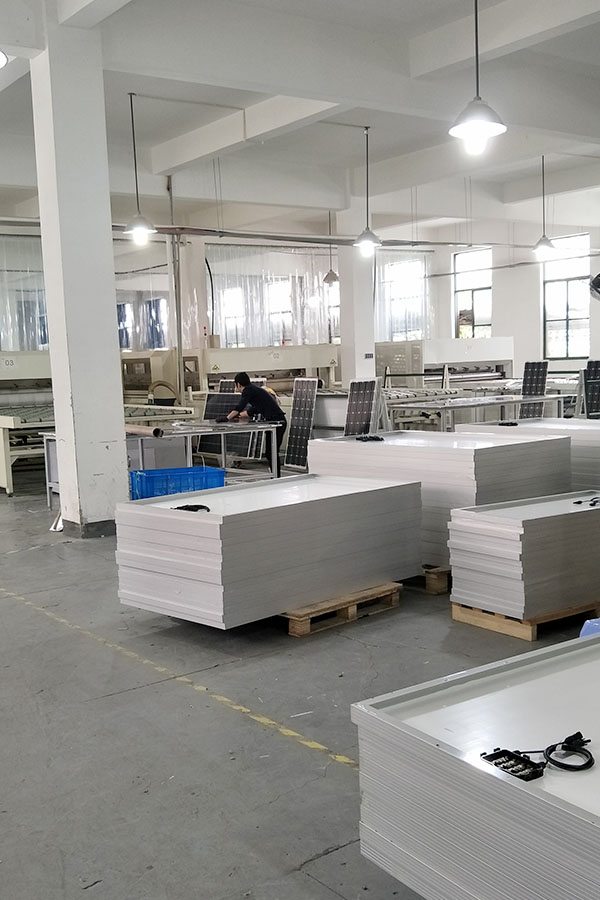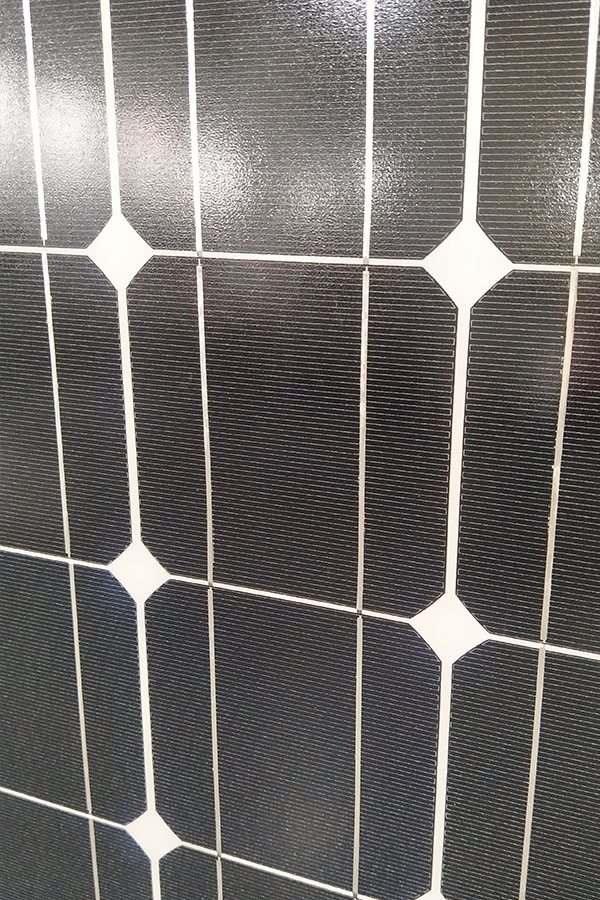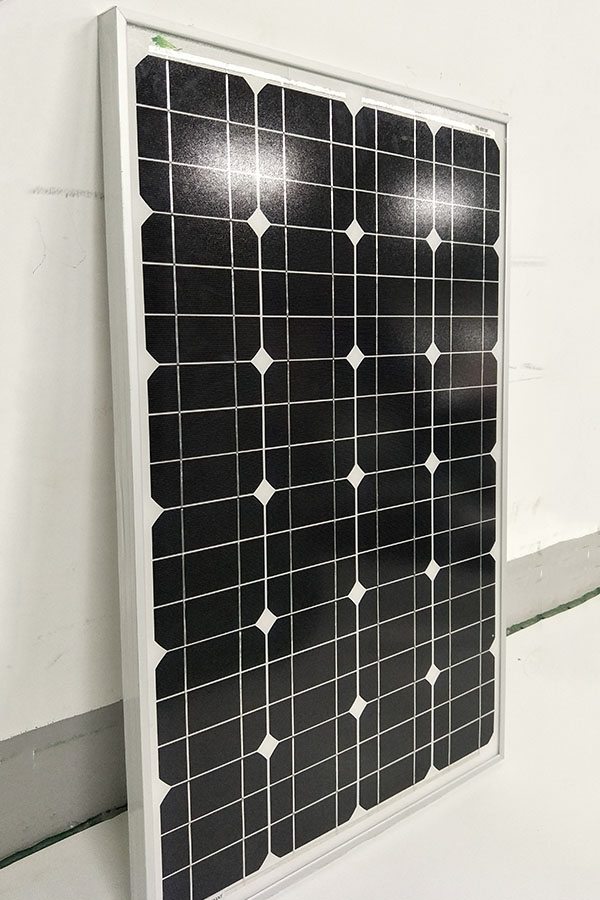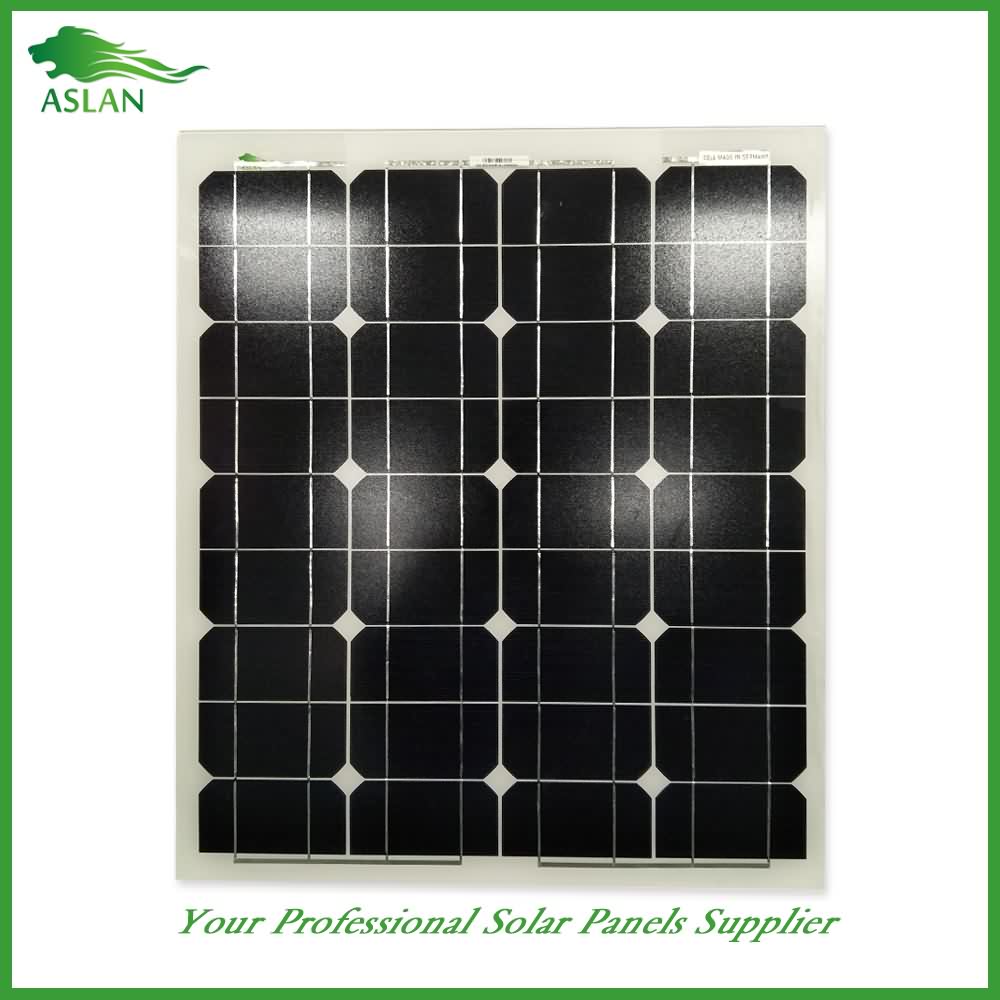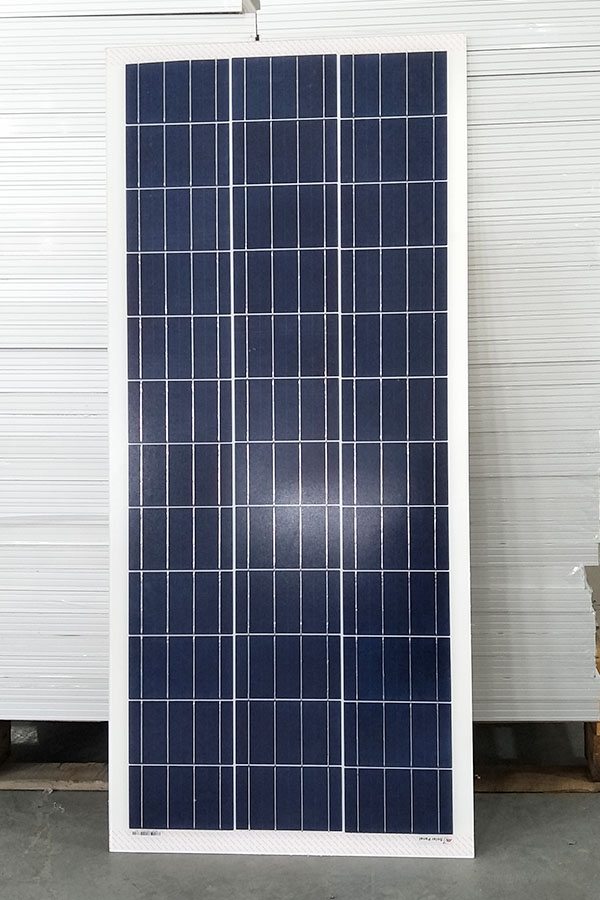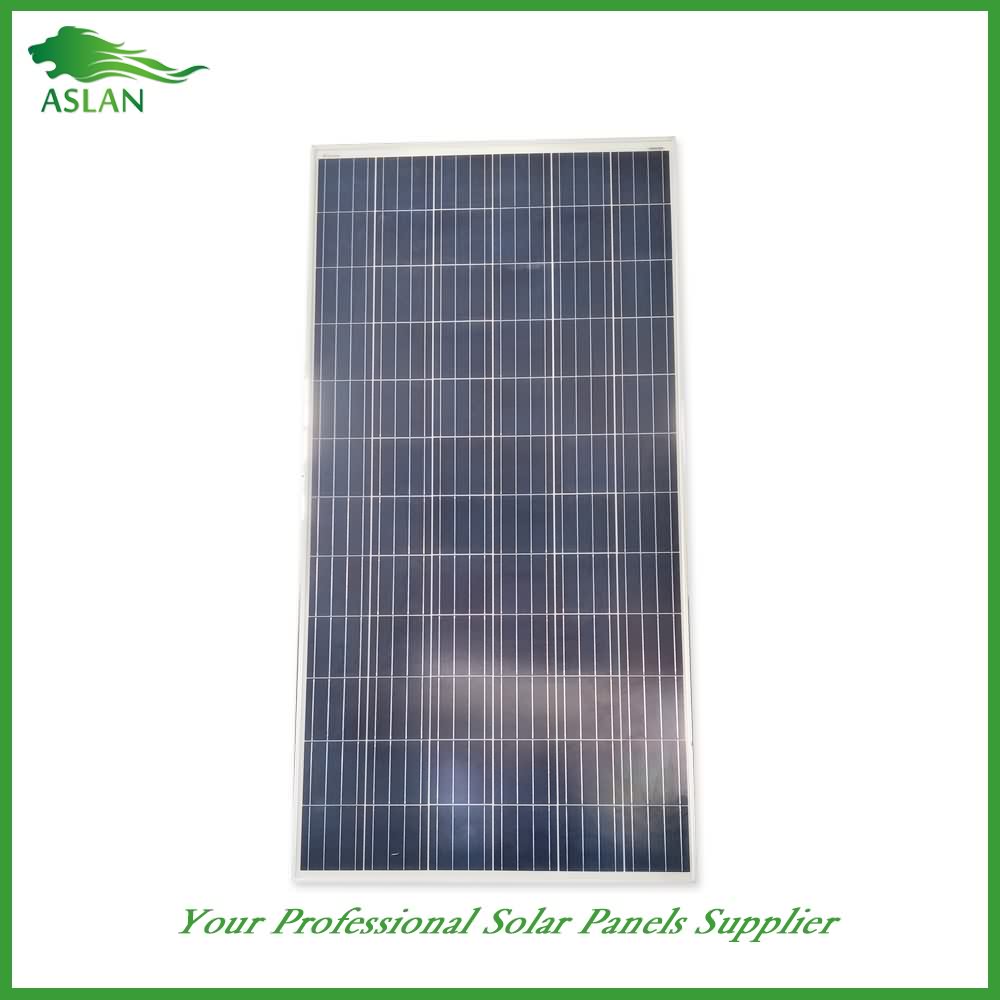Wholesale Dealers of Mono-Crystalline 180W Solar Panel Manufacturer in Jeddah
Short Description:
Our company promises all users of the first-class products and the most satisfying post-sale service. We warmly welcome our regular and new customers to join us for Wholesale Dealers of Mono-Crystalline 180W Solar Panel Manufacturer in Jeddah, we are now looking forward to even greater cooperation with overseas customers based on mutual benefits. If you are interested in any of our products, please feel free to contact us for more details.
Mono-Crystalline 180W Solar Panel
Technical parameter
Maximum Power(W) 180W
Optimum Power Voltage(Vmp) 36.42V
Optimum Operating Current(Imp) 4.96A
Open Circuit Voltage(Voc) 44.45V
Short Circuit Current(Isc) 5.44A
Mechanical Characteristics
Cell Type Mono-crystalline 125x125mm (5 inch)
No of Cell 72 (6x12pcs)
Dimensions 1580x808x35mm
Weight 14.5Kg
Front Glass 3.2mm,High Transmission, Low Iron,Tempered Glass
Junction box IP65 Rated
Output Cable TUV 1×4.0mm2/UL12AWG,Length:900mm
Temperature and Coefficients
Operating Temperature(°C): -40°C ~ + 85°C
Maximum System Voltage: 600V(UL)/1000V(IEC) DC
Maximum Rated Current Series: 15A
Temperature Coefficients of Pmax: -0.47%
Temperature Coefficients of Voc: -0.389%
Temperature Coefficients of Isc: 0.057%
Nominal Operationg Cell Temperature (NOCT): 47+/-2°C
Materials of solar panel
1).Solar Cell——Mono-crystalline solar cell 125*125mm
2).Front Glass——-3.2mm, high transmission, low iron, tempered glass
3).EVA——-excellent anti-aging EVA
4).TPT——-TPT hot seal made of flame resistance
5).Frame——anodized aluminum profile
6).Junction Box——-IP65 rated, high quality, with diode protection
Superiority: high quality anodized aluminum frame, high efficiency long life, easy installation, strong wind resistance, strong hail resistance.
Features
1. High cell efficiency with quality silicon materials for long term output stability
2. Strictly quality control ensure the stability and reliability, totally 23 QC procedures
3. High transmittance low iron tempered glass with enhanced stiffness and impact resistance
4. Both Poly-crystalline and Mono-crystalline
5. Excellent performance in harsh weather
6. Outstanding electrical performance under high temperature and low irradiance
Quality assurance testing
Thermal cycling test
Thermal shock test
Thermal/Freezing and high humidity cycling test
Electrical isolation test
Hail impact test
Mechanical, wind and twist loading test
Salt mist test
Light and water-exposure test
Moist carbon dioxide/sulphur dioxide
Solar System Orbit Video
Solar System orbit video with the orbit periods of all 8 planets correct in respect to each other.
This Solar System video shows how each of the planets orbit the Sun in the same anti-clockwise direction, with the inner rocky planets orbiting much faster than the outer gas giant planets.
The rotation period (and direction) for each of the Solar System planets is also shown accurately in terms of their relative rotations speeds to each other.
Their are 8 planets in the Solar System, and 5 dwarf planets;
Solar System Planets (in order of distance from the Sun)
Mercury
0.55 Earth Mass
0.40 Astronomical Units (AU) from the Sun (Earth = 1 AU)
Venus
0.81 Earth Mass
0.70 AU from the Sun
Earth
1.0 Earth Mass
1.0 AU from the Sun
Mars
0. Earth Mass
1.5 AU from the Sun
Jupiter
318 Earth Mass
5.2 AU from the Sun
Saturn
95 Earth Mass
9.5 AU from the Sun
Uranus
14 Earth Mass
19.2 AU from the Sun
Neptune
17 Earth Mass
30.1 AU from the Sun
All of the planets in the Solar System orbit the Sun in the same approximate plane, though they each have a slight inclination from the Sun’s equator. This inclination ranges from 3 to 7.1 degrees.
The Solar System is thought to have condensed from a rotating cloud of gas and dust. Most likely the remnants of a previously exploded star. The rotating gas and dust slowing began to clump together under the influence of gravity. Eventually the body at the center of the cloud gained enough mass to become sufficiently hot and dense for thermonuclear fusion to begin, and our Sun was born.
The planets went on to be formed from the remains of the gas cloud which formed into a flattened disk. As with the Sun, gravity’s influence caused larger and larger bodies to come together, eventually forming the 8 planets and hundreds of moons and other bodies that habit the Solar System today.
This video does not show the dwarf planets, though they will be included in a future video. There are 5 recognised dwarf planets in the Solar System.
Dwarf Planets (In order of distance from the Sun)
Ceres (located in the Asteroid belt) – 4.6 year orbital period
Pluto (located in the Kuiper belt) – 248 year orbital period
Haumea (located in the Kuiper belt – 283 year orbital period
Makemake (located in the Kuiper belt) – 309 year orbital period
Eris (located in the scattered disk) – 557 year orbital period
To see more Solar System and space videos, subscribe to my channel, Solar System Videos.
Pluto
